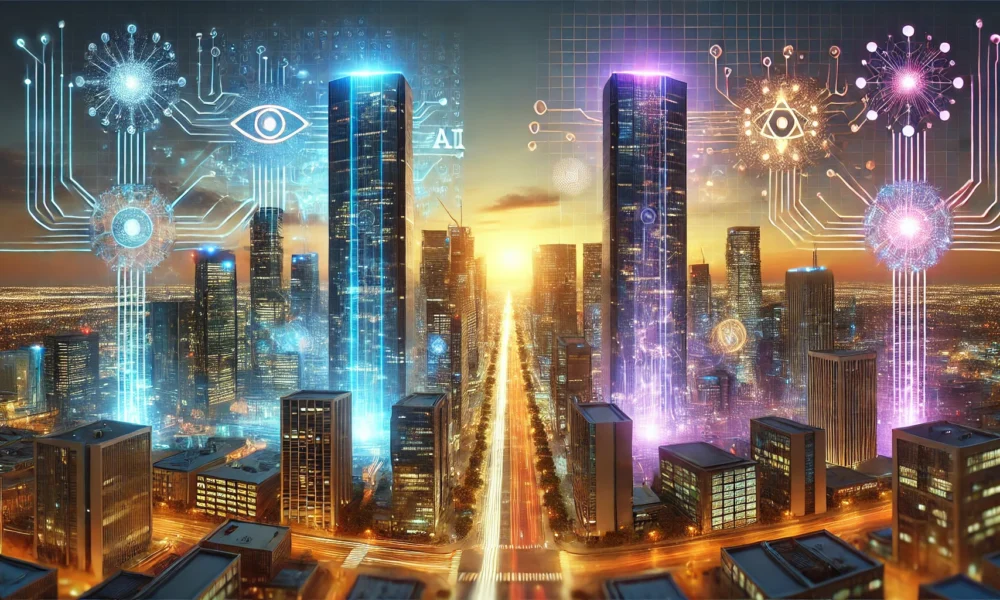OpenAI Delays Launch of Open Model for Further Safety Testing
OpenAI CEO Sam Altman announced on Friday that the company is postponing the release of its open model, initially scheduled for next week. This decision follows a prior delay of one month, as OpenAI prioritizes extensive safety testing.
Why the Delay? Safety Comes First
“We require additional time to conduct further safety assessments and explore high-risk areas. We’re uncertain how long this will take,” Altman stated in a post on X. He emphasized the importance of caution: “Once the weights are released, they cannot be retracted. This is a new journey for us, and we aim to get it right.”
A Highly Anticipated Release
The open model’s release is among the summer’s most eagerly awaited AI events, alongside OpenAI’s expected GPT-5 launch. While GPT-5 will be a closed model, the new open model aims to be freely accessible for developers, who can download and run it locally. OpenAI seeks to reaffirm its position as the leading AI lab in Silicon Valley amidst fierce competition from xAI, Google DeepMind, and Anthropic, all investing heavily in their AI initiatives.
What This Means for Developers
This delay means that developers will have to wait longer to access OpenAI’s first open model release in years. Previous reports suggest that this model is expected to boast reasoning capabilities on par with OpenAI’s o-series and is being positioned as best-in-class among open models.
Emerging Competition in Open AI Models
The landscape for open AI models intensified recently when Chinese startup Moonshot AI launched Kimi K2, a one-trillion-parameter open AI model that has reportedly outperformed OpenAI’s GPT-4.1 on various coding benchmarks.
Unexpected Achievements and High Standards
When announcing the initial delays in June, Altman noted that the company had accomplished something “unexpected and amazing,” though specifics were not disclosed.
“In terms of capabilities, we believe the model is exceptional, but our standards for an open-source model are high. We need more time to ensure we release a model we take pride in,” said Aidan Clark, OpenAI’s VP of research, who is leading the open model initiative, in a post on X on Friday.
Potential Cloud Connectivity Features
Reports indicate that OpenAI leaders are considering enabling the open model to connect with cloud-hosted AI models for tackling complex queries. However, it remains uncertain if these features will be integrated into the final version of the open model.
Certainly! Here are five FAQs regarding the recent delays in the release of OpenAI’s open model:
FAQ 1: Why has OpenAI delayed the release of its open model?
Answer: OpenAI has cited the need for additional time to ensure safety, effectiveness, and alignment with ethical guidelines as primary reasons for the delay. The organization is committed to responsibly deploying AI technologies.
FAQ 2: How does this delay impact developers and researchers?
Answer: The delay may hinder developers and researchers who were planning to utilize the open model for their projects. However, OpenAI aims to provide a more robust and safer product, which ultimately benefits the community.
FAQ 3: When can we expect the open model to be released?
Answer: While OpenAI has not provided a specific timeline, they have indicated that they are actively working on finalizing the model and will update the community as progress is made.
FAQ 4: Will there be any updates or information shared about the model during the delay?
Answer: Yes, OpenAI plans to share occasional updates about the development process and any new features or changes to the model as they progress.
FAQ 5: How can I stay informed about future developments related to the open model?
Answer: You can stay informed by following OpenAI’s official blog, social media channels, and subscribing to their newsletter for the latest updates and announcements regarding the open model and other initiatives.










